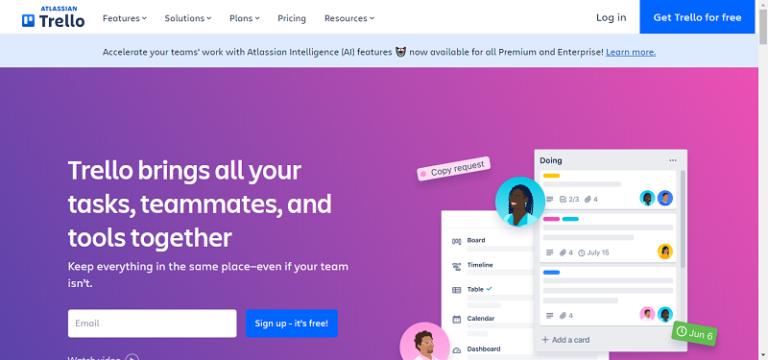
Transparency is vital to preserving customer trust. One of the ways brands earn trust is by clearly communicating how they collect, use, and protect customer data. There’s a lot of value in a concise, easy-to-understand privacy policy—particularly when it secures customers’ explicit consent before collecting their data. Clear opt-in options that allow customers to control their data preferences are also a valuable way to emphasize trust at the outset of an interaction. Customers who feel they have control over their information are more likely to avidly engage with a brand’s services.
Intelligent virtual agents (IVAs) offer a clear example of responsibly using data to personalize experiences. IVAs leverage customer data to provide instant, tailored customer support that feels personal and responsive. These intelligent agents draw on customer data to recommend products based on past purchases, answer questions specific to a customer’s history, and even predict future needs. IVAs deliver these capabilities while adhering to strict data privacy standards, ensuring the organization uses customer information ethically and securely. By developing a personalized CX strategy supported by AI tools like IVAs, your business can meet and even exceed your customers’ expectations while maintaining their trust and confidence in how you handle their data.
The Role of Data in Personalization
For businesses, meeting these customer expectations comes with a significant responsibility: maintaining customer trust. As companies navigate the complexities of data-driven personalization, adopting an implementation strategy that prioritizes customization and privacy is paramount. Let’s explore how you can effectively use data to create meaningful, personalized CX without losing your customers’ trust.
By Matt Whitmer
Your brand can use data to create personalized interactions that resonate with customers. You can build trust-based relationships with customers that keep them coming back by clearly communicating the value of data sharing and respecting privacy.
Maintaining Customer Trust
Customers who experience personalized interactions with a brand are more engaged and feel stronger brand loyalty. Using data to understand and anticipate customer needs is a highly effective way to create more enjoyable interactions for your customers and encourage them to stick around.
In summary, building trust through personalization starts with the following three components:
Guidelines for Ethical Data Use
The demand for personalized customer experiences (CX) has never been higher. Recent research suggests that 81% of customers favor companies that provide personalized CX. Additionally, 70% of customers believe employees must recognize them and understand their history with the company—including past purchases, buying patterns, and previous support interactions. Customers also expect this personalized experience to extend beyond human interactions to their preferred digital platforms.
Using data responsibly starts with intentional data collection. By focusing on data essential to providing customers with the personalized CX features they desire, you can ensure that the data you collect is highly relevant. For instance, a retailer might focus on collecting data that will specifically benefit them—browsing history, past purchases, and location. In contrast, a healthcare provider might benefit from HIPPA-protected data like prescriptions, preferred pharmacies, family medical history, and insurance providers.
Personalized CX: A Path to Customer Trust
Businesses use various data-collection techniques—such as online tracking, surveys, and purchase histories—to build customer profiles that help drive personalization. IVAs are also well-positioned to play a key role in data collection because they can capture customer insights in real-time. But whatever customer data collection methods your company uses, the true value lies in using that data to stay ahead of customer needs and deliver personalized experiences that resonate and help drive brand loyalty.
- Transparency: Articulate how the organization will use the data it collects to enhance the customer’s overall experience.
- Consent: Utilize clear opt-in options that allow customers to control their data preferences.
- Data security: Implement robust security protocols to protect customer data and educate employees on best practices.
Beyond consent and transparency, businesses need robust internal features to protect customer data, including regularly updated security protocols and educating employees on data privacy best practices.
Anonymizing data is another crucial practice for protecting customer privacy. Techniques such as data masking and pseudonymization obscure personally identifiable information. This technique ensures that even if bad actors compromise the data, they cannot trace it back to individual customers. This added layer of security is particularly important when sharing data with third-party partners or using it for analytics and research. Businesses can still gain valuable insights while safeguarding customer identities.






